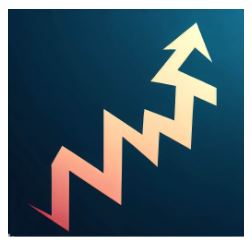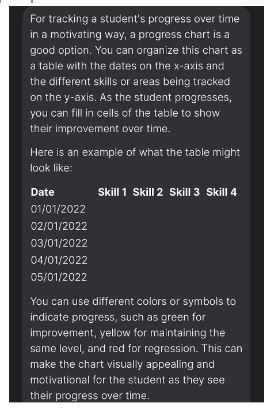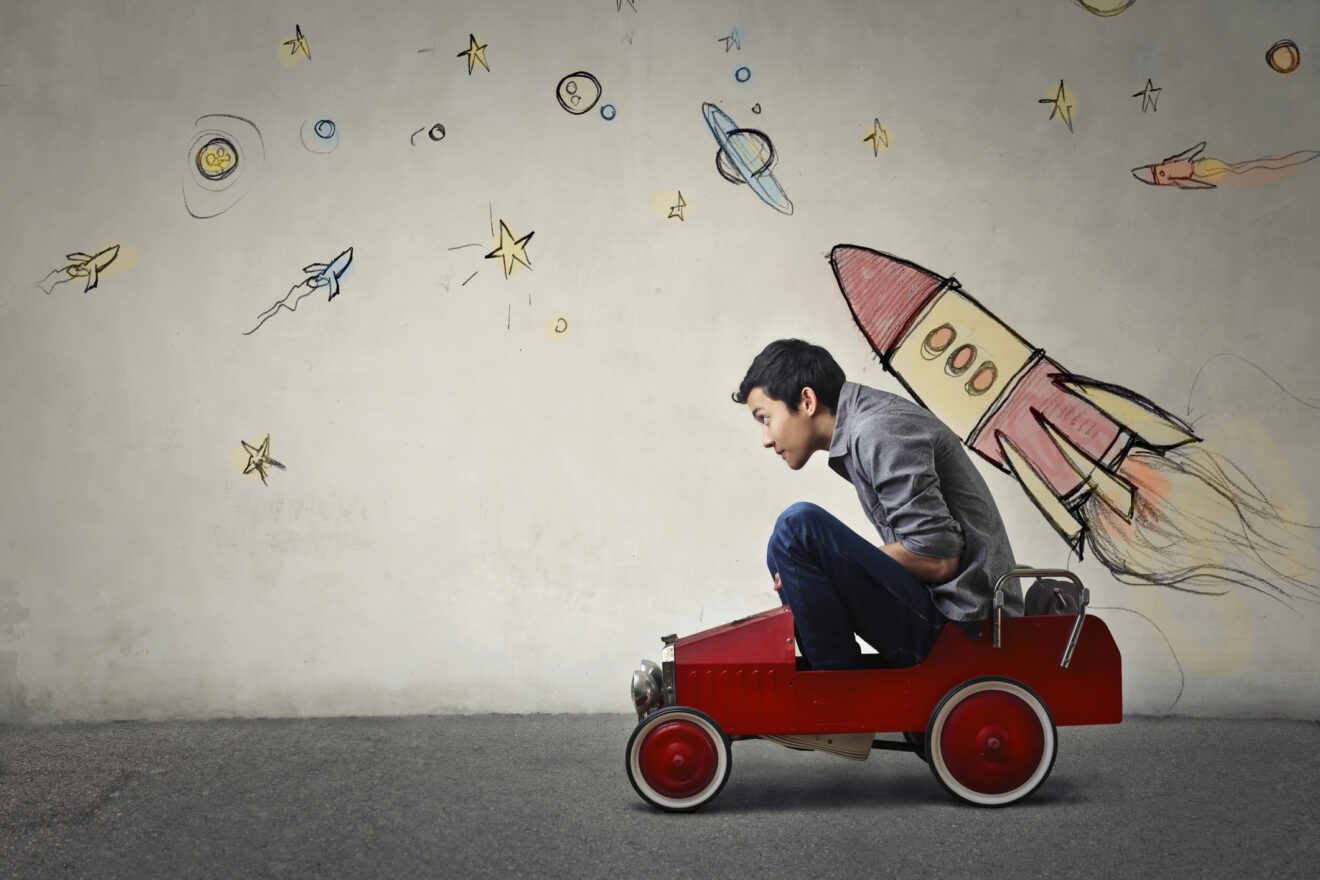
The year was 1970, and the US was on top of the world (literally), high off its race to the moon victory over the Soviet Union. The Apollo missions, designed to extend and expand space exploration for the NASA program, buoyed its unique success and popularity. One of those missions caused the NASA team to respond to an unimaginable challenge that can offer a glimpse into how people deal with inevitable obstacles along the road to success. The lunar assist at the heart of this miraculous solution presents an interesting prescription for educators who want to increase student momentum. It can help shift students’ recovery from setbacks and point the way forward and upward toward growth and development.
I have referred to the remarkably imperfect upward curve, one that truly successful people demonstrate on their own road to success. The lunar assist is an illustration of this formula and offers a method for students to achieve steady, incremental development and to push through setbacks. This matters in terms of how students respond to hurdles, triggering in them a protocol for how to excel above and beyond stumbling blocks.
What’s a lunar assist?
The Apollo 13 mission’s lunar landing was aborted due to an oxygen tank explosion on the way to the moon, and the NASA team figured out how to use the moon’s gravity to slingshot the spacecraft back to Earth. This strategy can be likened to the compound effect — the accumulated impact of small, incremental changes or actions over time, which result in exponentially disproportionate outcomes. Darren Hardy explains that when you keep working and consistently show up to build momentum, your results become greater than the small steps put forth to succeed.
Like a lunar assist, small wins involve tiny but meaningful gains in velocity, and they create larger outcomes than the original incremental effort put forth. These accumulations have a compounding effect on overall trajectory.
How did the lunar assist work in action?

Each time the spacecraft orbited the moon, its gravity propelled it further, resulting in a gravitational slingshot effect. A small amount of velocity and energy were gained at each pass.
The same principle applies with small wins for learners. Over multiple milestones, these small gains build up and result in a more significant change in the overall trajectory of success.
The compound effect of small wins is related to long-term outcomes, where the impact of small changes becomes more pronounced over time. Each seemingly insignificant lunar assist maneuver results in a relatively small gain, yet the cumulative effect of multiple maneuvers are exponential. In the classroom, those small forward steps build student momentum and more efficient and effective gains in a student’s achievement. This has a profound effect on the long-term success of a child, nevermind the confidence from experiencing such successes.
How to implement the strategy
Children benefit from more concrete demonstrations of their performance gains. Consider this remarkably imperfect upward curve — like a stock chart zig-zagging all over the place yet, over time, moving forward, in a progressive manner.

When students are consciously able to recognize these gains, they feel empowered, and this motivates them to keep going, further amplifying their momentum. The next time they hit a stumbling block, they learn that success happens by pushing through.
This redirects the impulse to give up at a stumbling block, risking a full stop on pursuing next level success. This emotional reaction to give up is human nature because of primal instincts kicking in. Successful individuals learn to thrust past disappointments, buoyed by a determination to keep going.
Help students recognize that the road to success is never a straight line by tracking micro-wins to show an overall upward curve. That provides the visual tool and confidence for student momentum to soar.
Did you know that successful people fail more often than unsuccessful people? The difference is they never give up. They push ever so slightly upward, with compound gains over time. Like the lunar assist, these tiny, cumulative advancements have profound effects over time.
Chart student progress so they can see the remarkably imperfect upward curve at work. Previously, I have written about tracking students’ mini-victories in spreadsheets, with bar graphs. Teachers also can leverage tools like ChatGPT to efficiently design a method for tracking.
One way ChatGPT can help track student momentum
Use a chat AI command prompt to input the data you want to track and ask the AI to suggest a chart.
- Once you have an idea of what kind of chart you want to create, provide the data that you want to include and any formatting or labeling requirements (this is all guided with the command prompts). The more precise you are, the more likely the AI will produce your specific, desired result.
- The chat AI will generate a chart template based on your specifications.
- To update the chart as the student progresses, simply provide your chat AI with the latest data and have it generate a new chart using the same specifications as before.
Check out the prompt response I received:

By capitalizing on ChatGPT’s ability to understand natural language and create graphics, you can quickly and easily generate charts to track student progress and let them see what student momentum looks like and how it works.
Michael Gaskell, Ed.D., is the author of a new book, “Radical Principals,” and a veteran principal in New Jersey working at Hammarskjold Upper Elementary School in East Brunswick.
Opinions expressed by SmartBrief contributors are their own.
_________________________
Subscribe to SmartBrief’s FREE email newsletter to see the latest hot topics on EdTech. It’s among SmartBrief’s more than 250 industry-focused newsletters
